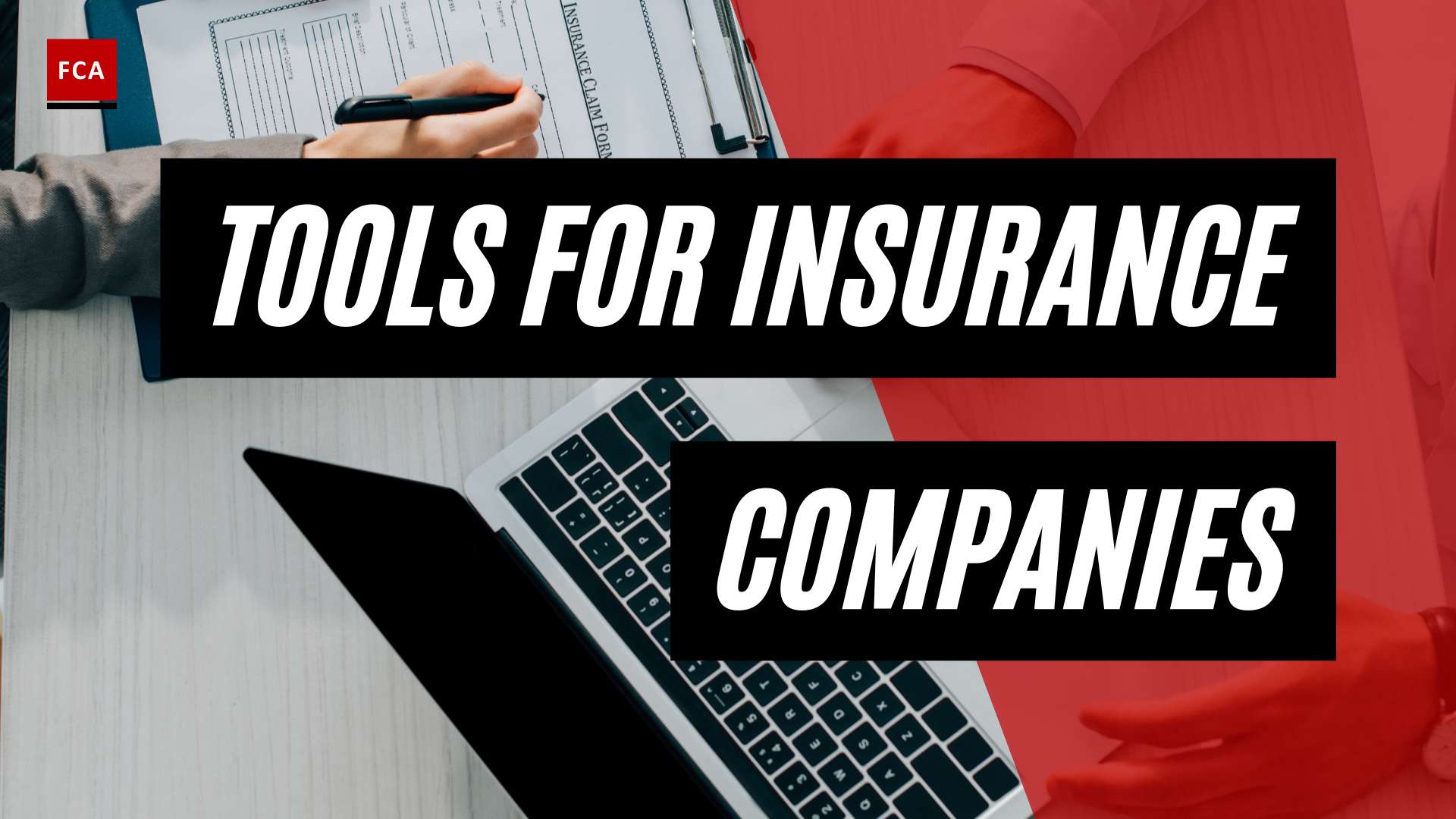Choosing an insurance policy used to mean hours of calling agents, decoding complicated brochures, and hoping you didn’t miss something in the fine print. But today, insurance comparison tools have made this process faster, easier, and more transparent.
Whether you’re looking for auto, health, home, or travel insurance, using digital comparison platforms can save you money, time, and regret. These tools are more than just price-checkers—they help you align your coverage with your actual needs.
In this article, we’ll explore how insurance comparison tools work, why they matter, and how to use them effectively to find the best policy for your life, budget, and goals.
The Problem with Traditional Insurance Shopping
Before digital tools, most people shopped for insurance by:
-
Contacting providers one by one
-
Reading lengthy policy documents alone
-
Making decisions based on sales pitches or general assumptions
-
Settling for the first “affordable” option—even if it wasn’t the best
This old method is time-consuming and often leads to overpaying for features you don’t need or missing out on crucial protections.
What Are Insurance Comparison Tools?
Insurance comparison tools are online platforms or apps that:
-
Allow you to compare quotes from multiple insurers in one place
-
Filter results based on your needs (e.g. family coverage, accident benefits, deductible limits)
-
Break down premium costs, coverage options, exclusions, and customer reviews
-
Some even allow instant policy purchases, AI-powered advice, or chat with agents
Well-known examples include:
-
Compare.com
-
The Zebra
-
Insurify
-
CoverHound
In some countries, governments or financial watchdogs offer neutral comparison portals for regulated insurers.
Why Comparison Tools Are Essential Today
-
They Save You Time
Instead of visiting 10 different websites, you get instant quotes from multiple providers in minutes. -
They Save You Money
You can compare premiums, deductibles, and discounts side by side—helping you find the most value for your budget. -
They Provide Transparency
Most tools list exact coverage terms, what’s excluded, and customer satisfaction ratings. -
They Offer Personalization
By entering your age, location, needs, and preferences, tools filter policies that fit your unique situation. -
They Educate You
Some platforms include glossaries, FAQs, or calculators to help you better understand what you’re buying.
Features to Look For in a Comparison Tool
Not all tools are created equal. Choose platforms that offer:
-
Up-to-date quotes directly from insurers
-
Coverage breakdowns, not just prices
-
Filters for policy type, limits, or deductible preferences
-
Customer ratings or reviews
-
Policy fine print summaries or explanation of terms
-
Instant buy or link to purchase policies
Bonus features:
-
Mobile app access
-
Email alerts for price drops or renewals
-
Chat support with licensed agents
How to Use Comparison Tools Effectively
Here’s how to make the most of your comparison journey:
1. Know What You Need
Before comparing, decide:
-
What are you insuring? (Car, home, health, life, phone, pet)
-
What’s your budget?
-
Do you prefer high or low deductibles?
-
Any must-have features? (e.g. roadside assistance, maternity cover, theft protection)
2. Provide Accurate Information
Answer tool questions honestly:
-
Your driving record
-
Health history
-
Location
-
Age and dependents
Even small errors can affect quote accuracy.
3. Compare More Than Just Price
Look at:
-
Coverage limits
-
Exclusions
-
Waiting periods
-
Claim settlement ratios
-
Customer service reviews
A cheaper policy that denies claims easily is not a good deal.
4. Read the Policy Summary
Most tools offer a brief of what’s included and what’s not. Read this carefully. If the tool provides the full PDF, scan the exclusions and fine print.
5. Check for Discounts
Some tools show:
-
Multi-policy discounts
-
Safe driver rewards
-
No-claim bonuses
-
Bundling offers
Apply any that are relevant to you.
Real-Life Example: Auto Insurance Comparison
Let’s say you’re a 30-year-old with a clean driving record looking for basic auto insurance.
On a site like The Zebra, after entering your zip code and car details, you get 10+ quotes from providers like Progressive, Allstate, GEICO, and Nationwide.
Instead of calling each one, you instantly see:
-
Monthly premiums
-
Liability vs. comprehensive coverage
-
Deductible options
-
Star ratings from other drivers
You choose the policy with the right coverage at the lowest price—and you saved hours.
Top Insurance Comparison Platforms by Category
| Type of Insurance | Recommended Tools |
|---|---|
| Auto | The Zebra, Compare.com, NerdWallet |
| Health | HealthCare.gov, Stride Health, Policygenius |
| Life | Policygenius, Quotacy, Ladder |
| Homeowners/Renters | Lemonade, Hippo, Insurify |
| Travel | Squaremouth, InsureMyTrip |
| Pet | Pawlicy Advisor, PetInsuranceReview |
| Business | CoverWallet, Embroker |
Limitations of Comparison Tools
While useful, they’re not perfect:
-
Some tools don’t include all insurers (especially local or niche providers)
-
Algorithms may oversimplify complex policies
-
Quoted prices can change once underwriting is complete
-
You may still need to speak with an agent for custom coverage
Tip: Use tools as a starting point—then verify details directly with the insurer if needed.
Also Check:
- Insurance Policy Interpretation And Common Terms
- Insurance as Investment: Unlocking Policy Value for Long-Term Wealth
- NFT Insurance and Crypto Asset Coverage: Protecting Digital Wealth in the Blockchain Era
- Telemedicine Coverage: How Online Doctor Visits Are Changing Healthcare
- Student Insurance Explained: What Every Parent Should Know
Final Thoughts
Insurance comparison tools are changing how we shop for coverage. In a world of rising costs and complex needs, they help us make smarter, faster, and more affordable decisions.
By using the right platforms, asking the right questions, and comparing more than just price, you can feel confident that the policy you choose is right for your life, not just your wallet.
Whether you’re protecting your car, your health, or your family’s future, let technology make the process easier—and help you compare confidently.
